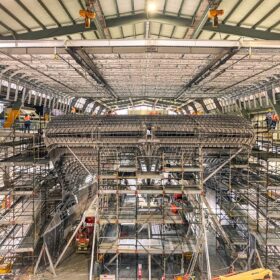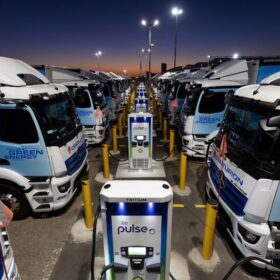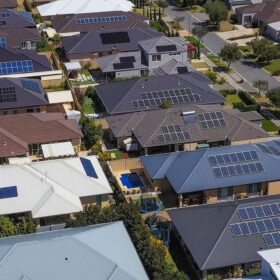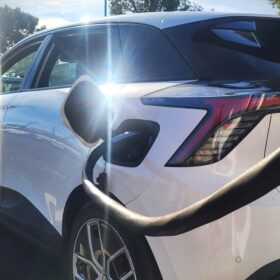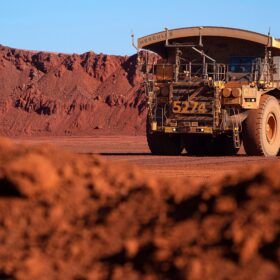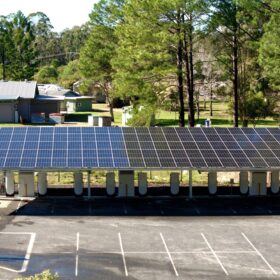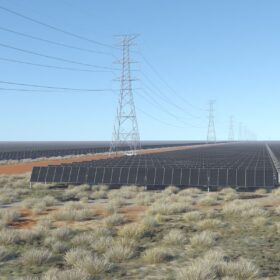Tasmanian shipbuilder lands contract for electric ferries
Australian shipbuilder Incat Tasmania has inked a contract to design and build two 100% battery-electric ferries for Molslinjen, Denmark’s largest passenger ferry company.
Freight provider powers up off-grid truck charging site
Transport and logistics operator Centurion has reached a major milestone in its electrification journey with a new electric truck charging site powered by a 2.2 MW rooftop solar system and a 3.44 MWh battery energy storage system now active at its depot in Perth’s eastern suburbs.
Consumer energy resources get top priority in AEMO’s FY2026 plan
AEMO will prioritise consumer energy resources integration over the coming financial year, and is part of 29 actions being prioritised for the energy transition as outlined in its Engineering Roadmap FY2026 Priority Actions report.
CSIRO national energy analysis centre to draw insights from real world, living lab
Data collected from households and businesses will inform the National Energy Analysis Centre, a new, independent CSIRO facility established to provide consumers and providers clear insights into the energy transition, now and in the future.
Wireless electric vehicle charging tests improve efficiency by 88%
Scientists in India have simulated and tested a prototype wireless charging system for electric vehicles, with a three-port DC–DC converter at its core and have found it achieved an improved efficiency of 88%.
Graphinex launches battery anode plant in Queensland
Australian resources company Graphinex has officially launched its battery anode manufacturing hub in north Queensland, a facility capable of taking graphite from mine to battery-ready material using full-scale commercial equipment.
BHP inks deals to explore battery tech opportunities
Mining giant BHP has struck early-stage agreements with two of the world’s largest battery manufacturers to explore the application of battery technology and electrification across its global operations.
Tesla unveils 80 kW solar canopy at new EV charging site
Tesla has unveiled its largest electric vehicle charger solar canopy in Australia, pulling the wraps off an 80 kW PV array alongside the Pacific Highway in northern New South Wales.
Federal government keeps faith in SunCable project
SunCable has welcomed the federal government’s decision to renew major project status for its Australia-Asia PowerLink project that would send up to 6 GW of renewable power from the Northern Territory to industries and urban centres in Darwin and Singapore.
Ausgrid accelerates vehicle-to-grid revolution in New South Wales
In a first for the company, New South Wales electricity distributor Ausgrid has connected a vehicle-to-grid system to it’s network, allowing electric vehicles to draw and discharge power to and from the grid.
